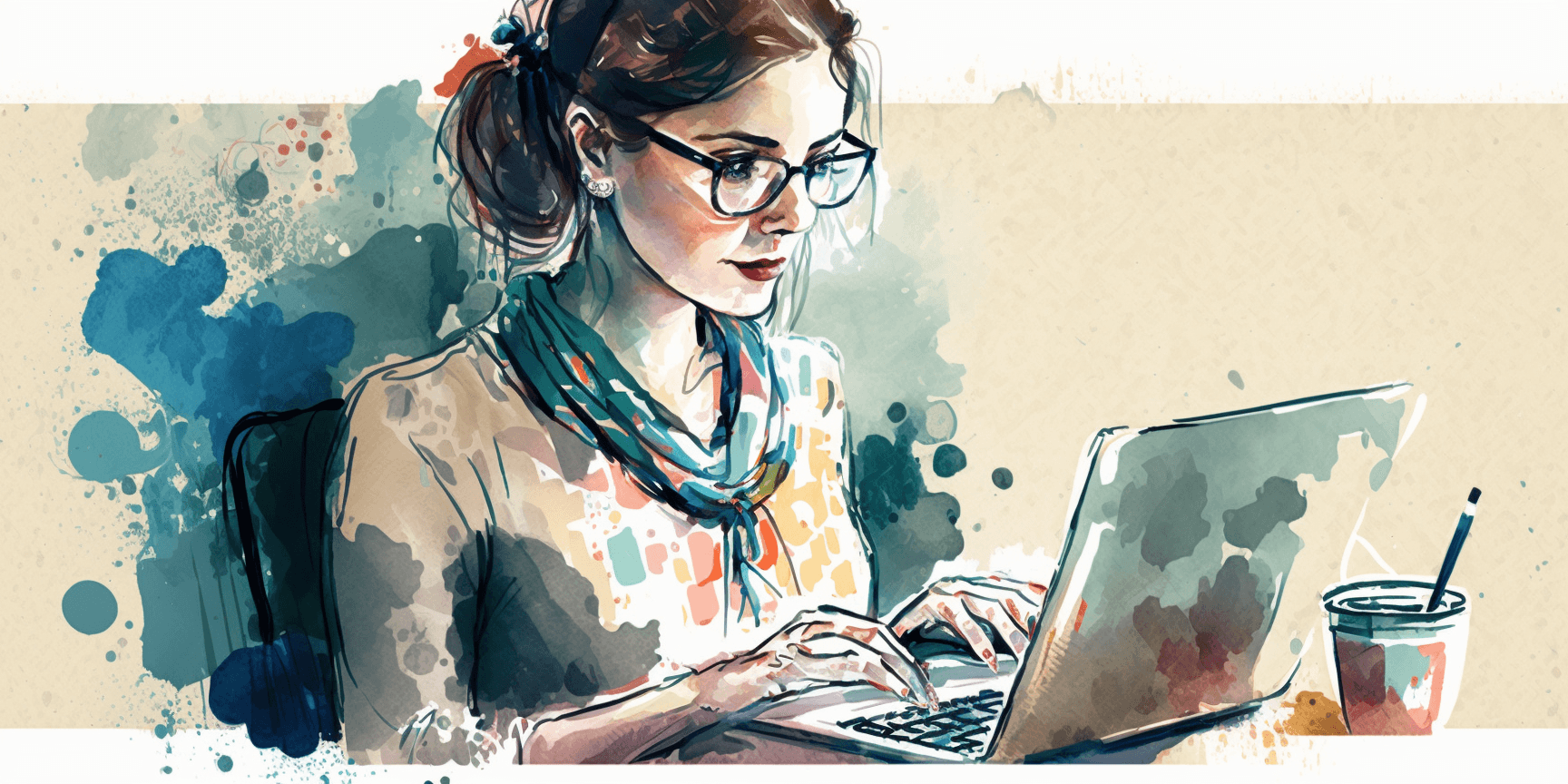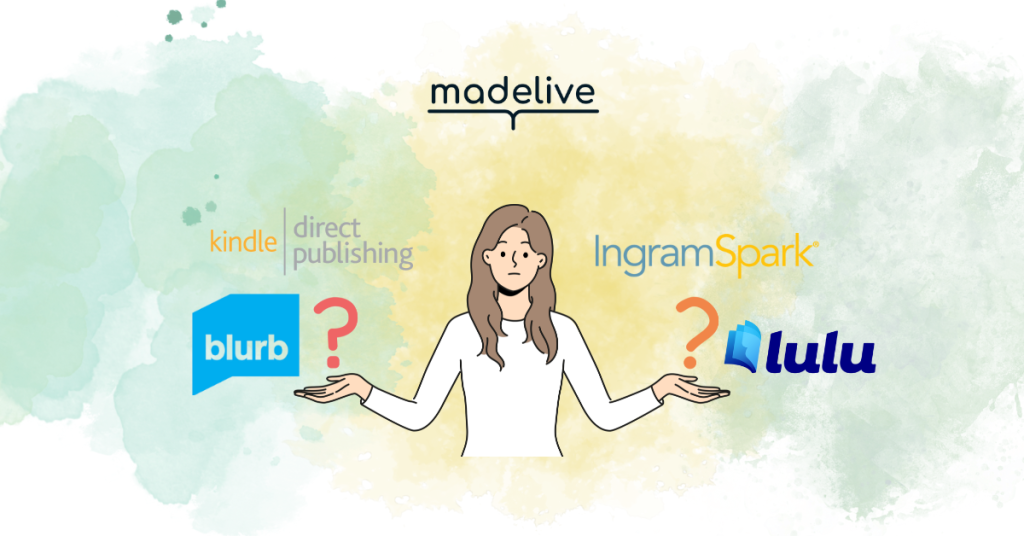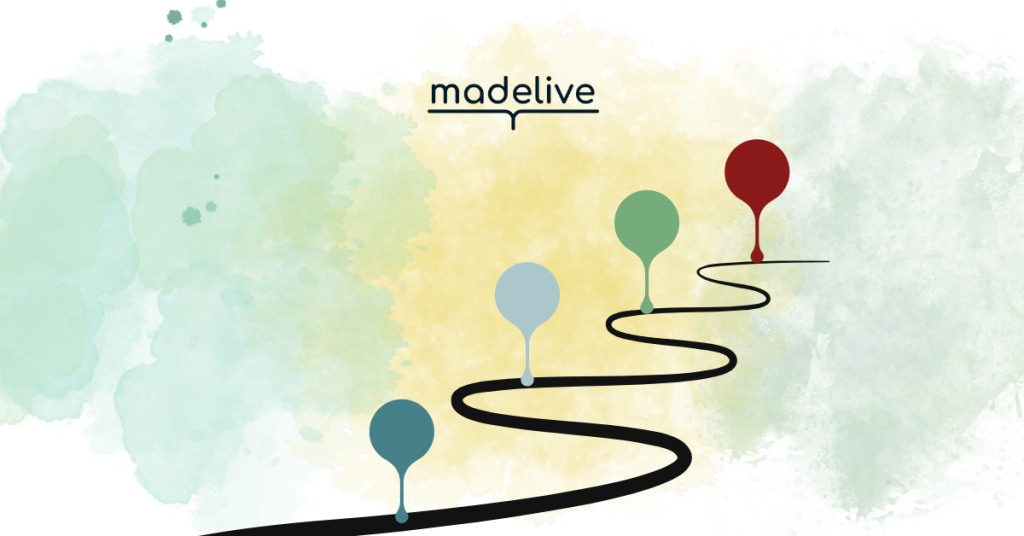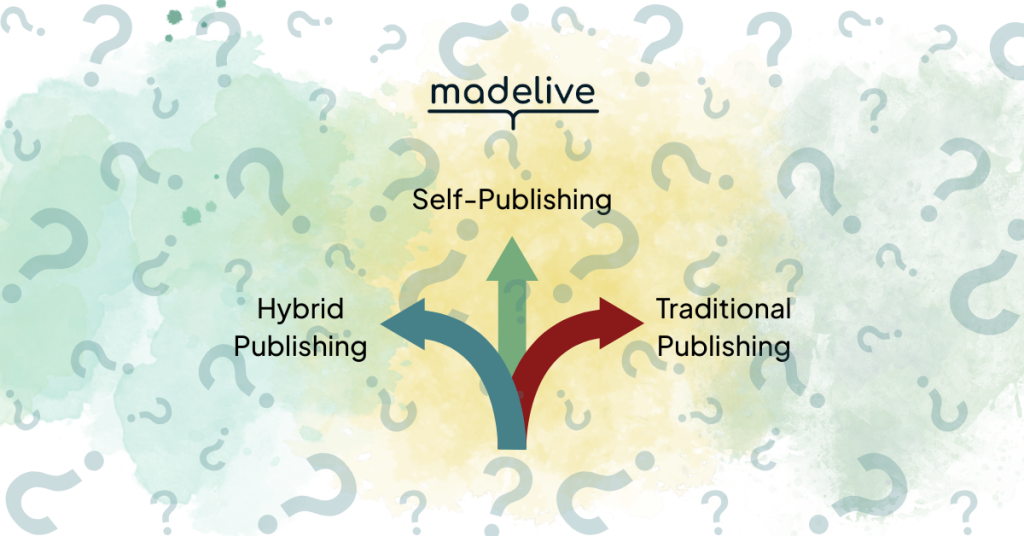Accessibility
Traditional publishing is often the first avenue authors consider after they decide to write a book. Unfortunately, with rejection rates reported around the 98-99% mark, they remain largely inaccessible to most aspiring authors. Self-publishing, though, brings with it a number of potential accessibility benefits:
If you can dream it, you can publish it!
Without the fear of rejection, self-publishing is an appealing option for an increasing number of aspiring authors. It gives you the freedom to create book titles that may be rejected by traditional publishers due to marketability concerns or to write outside of what publishers tend to consider “commercially viable content”. This leaves authors with the option to focus more on writing for personal satisfaction or exploring unique genres and topics not necessarily seen as appealing to the traditional publishing industry.
Access TO Your Readers
In contrast to the process experience by authors who publish with traditional publishing houses, self-publishing gives authors direct access to their readers. This can lead to more meaningful relationships, better interactions, and provides the added benefit of allowing the author to obtain feedback directly from their audience.
Access FOR Your Readers
Self-publishing has a number of ways it can increase access for readers. Since self-published authors invest their own time and resources into all aspects of the publishing process, the overall cost can be reduced while still maintaining a high royalty rate on book sales. Contrast this with traditional publishing houses, which are highly dependent on costly human resources, but yield lower royalty rates for authors. Since authors make more per book sold when self-publishing, they have the opportunity to offer lower book prices to their readers, thereby making their book more affordable to a wider range of readers.
And with wide distribution options becoming increasingly more available for children’s books, authors can go beyond print books. By offering digital distribution options like eBooks, audiobooks, and digital interactive formats, self-publishing enables authors to easily distribute their books to a global audience of children all over the world.
Creative Control and Freedom
One of the most celebrated benefits of self-publishing is the creative control and freedom authors get when they publish outside of a traditional publisher.
I once interviewed a successful self-published children’s book author who, after landing meetings in two out of five of the top publishers in North America, was rejected. The reason? “We’re not publishing any more books about bees”. No acknowledgement that her book is incredible (you can check it out here). It was all about the numbers and quotas coming down from on higher up in the company.
Self-publishing gives authors the freedom to publish what they want, how they want, and when they want.
They can work on their own timelines – as quickly or as slowly as they want. Self-published authrs can decide when, where, and how the book is published, as well as who they will work with throughout the process. The get the final say on their work and can make any changes they see fit. With full control over content, design, and layout, authors are able to express their own style and put their unique mark on their book.
When all things are considered, self-publishing allows full artistic control over your book and facilitates a greater sense of success when it is ultimately published.
Speed
Did you know it’s not uncommon for it to take 18-24 months to publish a children’s book with a traditional publisher? That’s not including all of the time you spent writing your manuscript, querying agents, and working your butt off to get signed by a publisher.
One of the major advantages of self-publishing is that the timeline for your book to be be published is greatly reduced. The long time periods associated with traditional publishing simply do not exist in self-publishing since you are responsible for uploading the content, overseeing design, and finalizing everything.
This means your work can be out there in a matter of weeks rather than years!
Save Money and Maximize Revenue
When it comes to cost, the argument is often made that self-publishing is too expensive. But as we’ve already touched on in this article, it can be significantly cheaper than traditional publishing. When self-publishing, all of the associated costs are cut down, like printing, warehousing, and distribution fees.
Self-publishing also allows authors to retain higher royalties and ultimately to make more money for every book that is sold.
The Society for Children’s Book Writers and Illustrators (SCBWI) offers an example on their FAQ page that we can dig into:
- Let’s say a first time author is offered an advance of $8,000-$12,000 on their 32-page picture book.
- This advance will typically be split with the illustrator (who gets a larger portion than the author).
- Then, both the author and illustrator will get 3.5% to 6% of royalties against their advance, which they have to “earn back” before receiving any additional royalties.
- Selling between 5,000-10,000 copies in hardcover, most picture books from traditional publishers go out of print within two years and very few make it into paperback.
Traditional publishers tend to offer royalties at 5-20% of the book’s selling price (after the advance has been accounted for). What’s more, this rate varies based on the publishing format. Hardcover books often net a higher royalty rate than paperbacks, but typically sell fewer copies. Compared to the 50-70% royalty rates self-published authors often retain (depending on the book format, printing, or distribution choices they made), self-published authors get paid a more per book as an indie author.
Increased Visibility and Reach
Self-publishing allows authors to reach a much wider audience than traditional publishing. With self-publishing, authors have the ability to distribute their books to a global market, without having to resort to expensive traditional publishing methods. This can open up new opportunities for authors to get their work seen and enjoyed by a wider audience.
Flexibility
Unlike traditional publishing, self-publishing allows authors to be flexible and adjust to the ever-changing landscape of publishing. They can make changes to their work almost instantly, such as updating the cover design, creating different formats for different markets, and more. This flexibility makes self-publishing an attractive option for authors who are looking to keep up with the changing publishing climate, especially in light of technological advances that benefit authors.
Self-publishing is a great option for authors who want to maintain control over their work, make more money, and reach a wider audience. It’s becoming increasingly popular, and with good reason. Self-publishing allows authors to easily and quickly make changes to their work and to distribute their books globally. With self-publishing, authors can create a lasting legacy that will reach far beyond the printed page.




